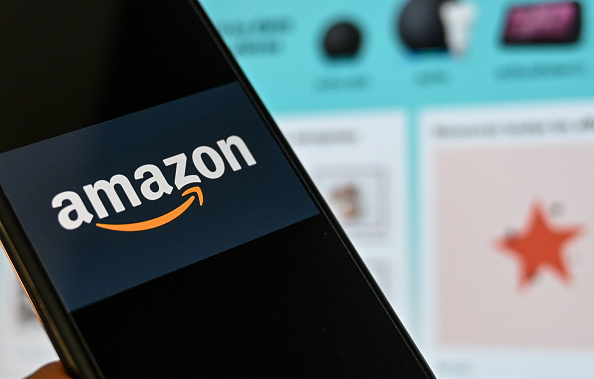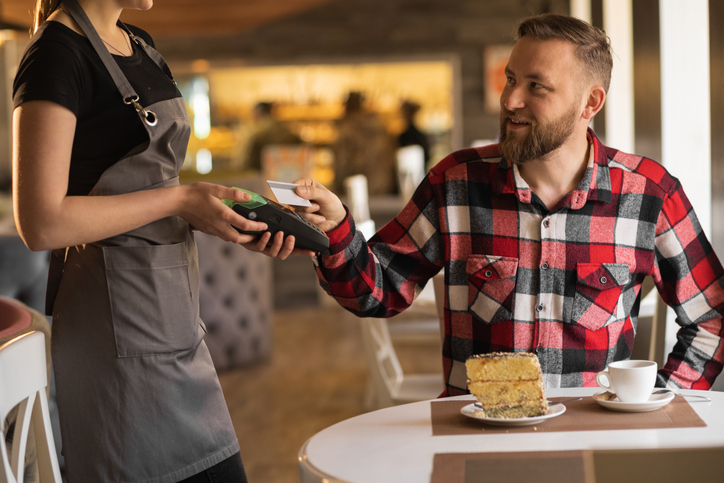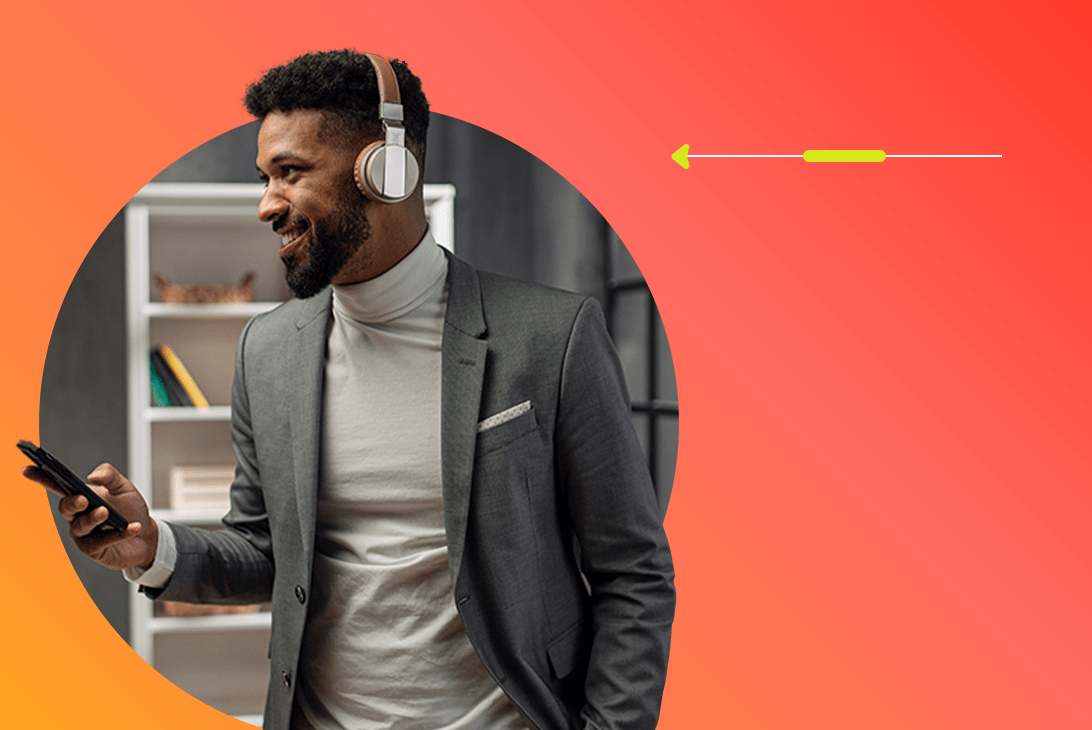Customer convenience and those all important steps to making a purchase or transaction is crucial for many businesses.
We live in a technology-laden society where most people want everything done as quick and as conveniently as possible. The evolution of the internet, coupled with the penetration of mobile-based devices, has made this demand more essential than ever before as more and more firms look to adopt in-store applications and facilities that aim to enhance the customer experience.
Customers have become all the more familiar with touchscreen technology and nearly every industry, all the way from private sector multi-nationals to public serving institutions, have got in on the act. Self-service kiosks providers Cammax and other industry leaders have provided technology to organisations as diverse as the NHS to DFS and any customer that has recently popped up into a revamped branch of McDonalds will be greeted by a sea of shiny new devices. McDonalds has utilised this technology by allowing customers to use a touchscreen facility before they queue so that their order is processed more speedily. And it’s something that also allows the customer to make specific requirements and customise their meals without human error or miscommunication even entering the process.
Related: Retail digital transformation: Another industry ripe for disruption
Research has shown in some instances that the use of self-service facilities has actually increased because a customer feels uncomfortable directly communicating face-to-face with a sales assistant. Experts have pondered the reason why this has occurred and the leading hypothesis is that many people now actively seek to avoiding the social embarrassment associated with perhaps not communicating clearly enough due to language barriers or even due to the fear that they may mispronounce the name of a product or item they are looking to purchase.
A kiosk has the faceless ability to upsell and by offering a customer on-screen upgrades or enhancements to their order there is a much better chance they will take the bait when presented with a touch screen option as opposed to face-to-face interaction. Of course self-service isn’t always a popular option especially for customers who have very specific needs or requirements. Take bank customers for instance where self-service kiosks cannot simply satisfy all their needs. ATM’s are a convenient way in which customers can extract cash from their accounts but for other more specific banking requests there will always need to be a clerk present to deal with them.
It’s this facelessness that can put certain customers off but with so many millions of us now using our smartphones to communicate with friends and family, often without even physically speaking to each other, self-service kiosks can be a more comforting and familiar type of technology for those who wish to use them.





